|
|
A lovely view of Loftus Market Place, taken by Rita Unthank in the mid 1980’s, as part of a local history project for pupils of Loftus County Modern School. We are advised by Steven Steyert: ”I would say the photo is not as early as the 1960′s and is more mid 1980′s , The white mk3 escort van parked was only built from 1980 – 1986”. How peaceful it looks.
Image courtesy of Rita Unthank and thanks to Steven Steyert for the update.
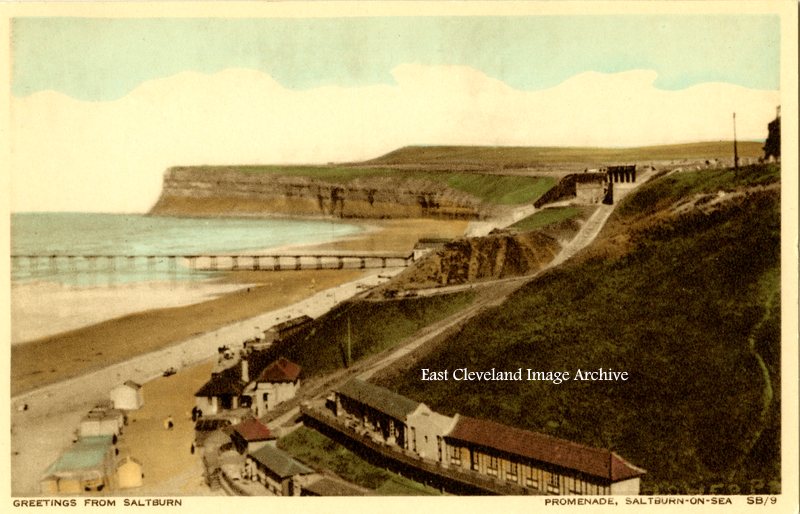
This tinted post card view of the lower promenade at Saltburn, viewed from above the Hazelgrove access.
Image courtesy of Ken Johnson and Iris Place.
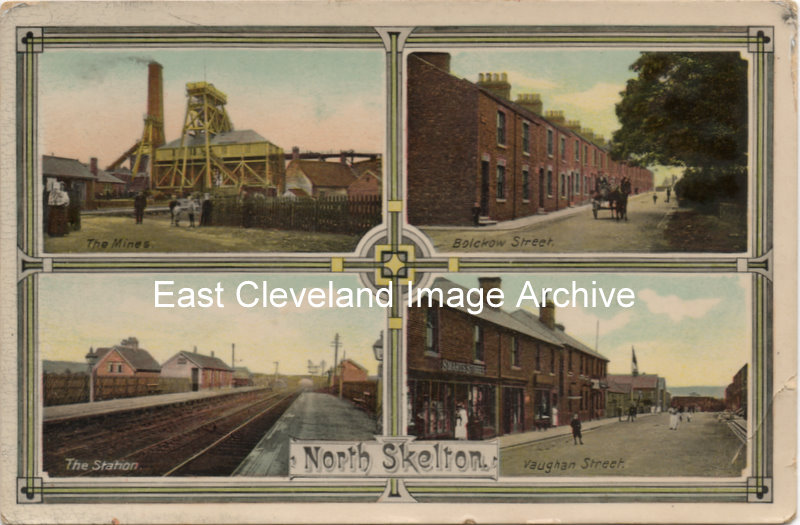
This tinted postcard of views of North Skelton, dated 1910 proves how proud residents were of their communities. The view of the mine complimented by the railway station, with Bolckow Street and Vaughan Street being named after the owners of the mine. Judy Last tells us: ” The lower right picture of Vaughan Street shows my grandfather’s shop. He was Postmaster in the family’s General Stores, and later went into business with his brother-in-law calling the business Tuck & Thompson. The address was 27 Vaughan Street, and my father was born there in 1897. Not sure when they left the property but they had moved by 1911.”
Image courtesy of Ken Johnson and thanks to Judy Last for that update.
A tinted postcard view of Ellerby by Tom Watson of Lythe, showing the buildings which are now known as the Ellerby Hotel.
Image courtesy of Ken Johnson.
A delightful view of the Fox and Hounds at Dalehouse. Simon Chapman advises us with regards to dating: ”Note in the background to the left – the bridge which carried the railway from Port Mulgrave to Grinkle Mine – At this point it crossed both the road and Easington Beck. The mine was abandoned in 1934 so the picture was probably taken before that date.”
Image courtesy of Janet Grey and thanks to Simon Chapman for the dating information.
A view, produced by J.W. Neal of 79 High Street Skelton; also from about 1890 viewing towards the Methodist Chapel at the bottom of Green Road (Skelton Green bank to those who were familiar with Skelton). Judy Last advises: “My maternal great grandparents; William and Mary Armstrong, lived at 71 High Street with two of their daughters, Louisa and Emma Jane. They were there from at least 1871 when they moved from 2 Woods Yard, East Terrace. William an ex Royal Artillery soldier, and now Ironstone Miner, was Verger of All Saints Church. Two of William and Mary’s daughters, Harriet and Emma Jane, became school teachers. Emma Jane teaching at Stanghow Lane School.”
Image courtesy of Peter Appleton and Janet Grey, thanks to Judy Last for the update.
An 1890 view of the High Street, before even the Skelton Institute building was erected in 1900. The building in the front right of this view was the Co-operative Butchery (possibly the original slaughter house), note it’s proximity to the High Street. To the right and not in view was the original Post Office.
Image courtesy of Janet Grey.
A Salmon Series tinted postcard view of Arlington Street; with the Chapel and bystanders standing in the road. The congregation of the Arlington Primitive Methodist chapel were joined by members of the congregation of the Newton memorial chapel after it was destroyed. It was jokingly said ”It took Hitler to unite the Chapels”.
Image courtesy of Joyce Dobson & Keith Bowers, also Maurice Grayson; with information courtesy of Jean Wiggins.
An excellent tinted postcard view of the lift at Saltburn. Interesting this can be dated to before 1925; Callum Duff has assisted with: “These rectangular buildings replaced the original octagonal structures around 1895. The pier was breached by SS Ovenbeg in 192;4 so the photograph was taken between these two dates. In 1925, a theatre was built between the two buildings so that the pier could continue as an attraction whilst being repaired.”
Image courtesy of Maurice Grayson, thanks to Callum Duff for the dating information.
Another tinted postcard view of Saltburn.
Image courtesy of Maurice Grayson.
|
|



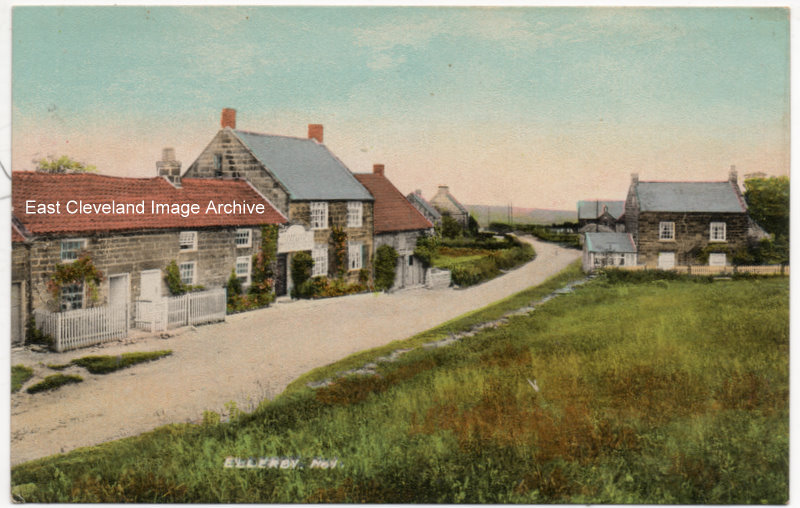
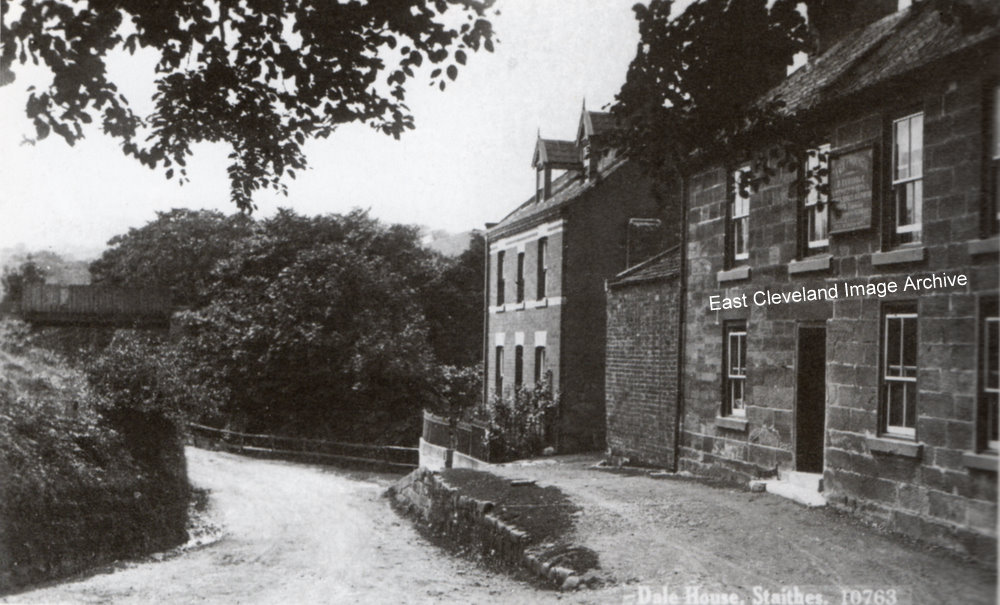
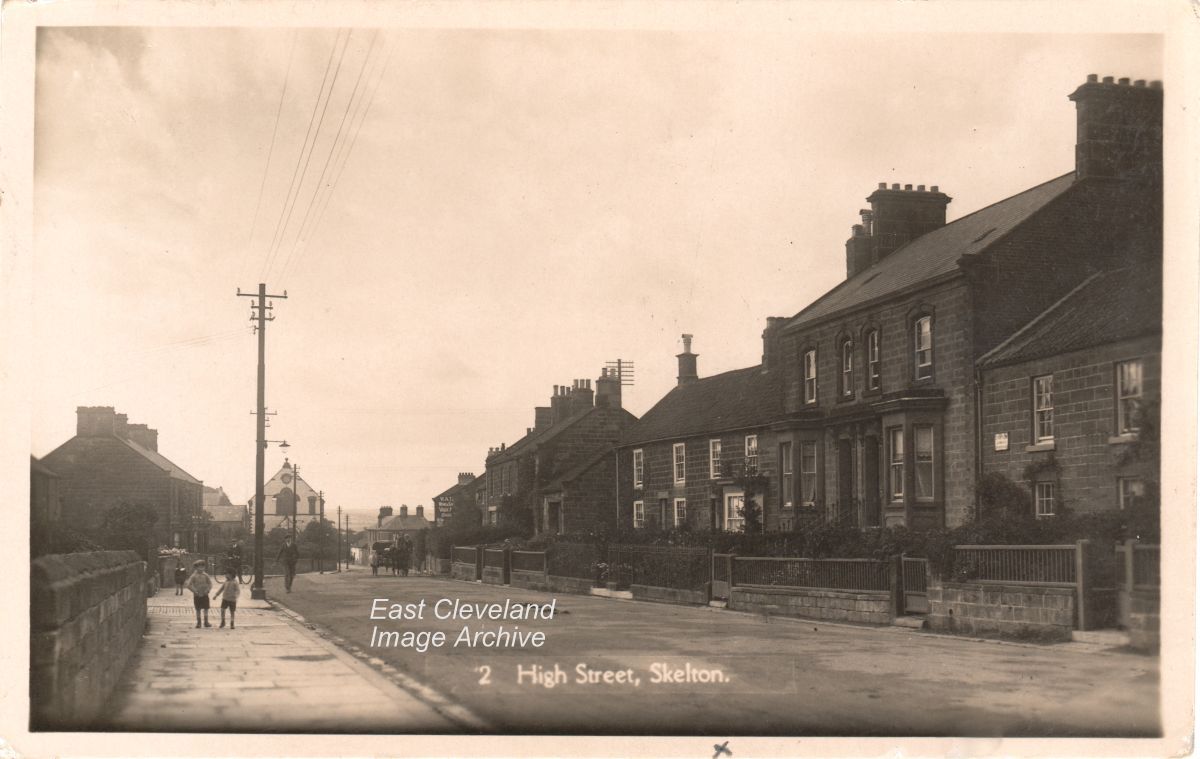
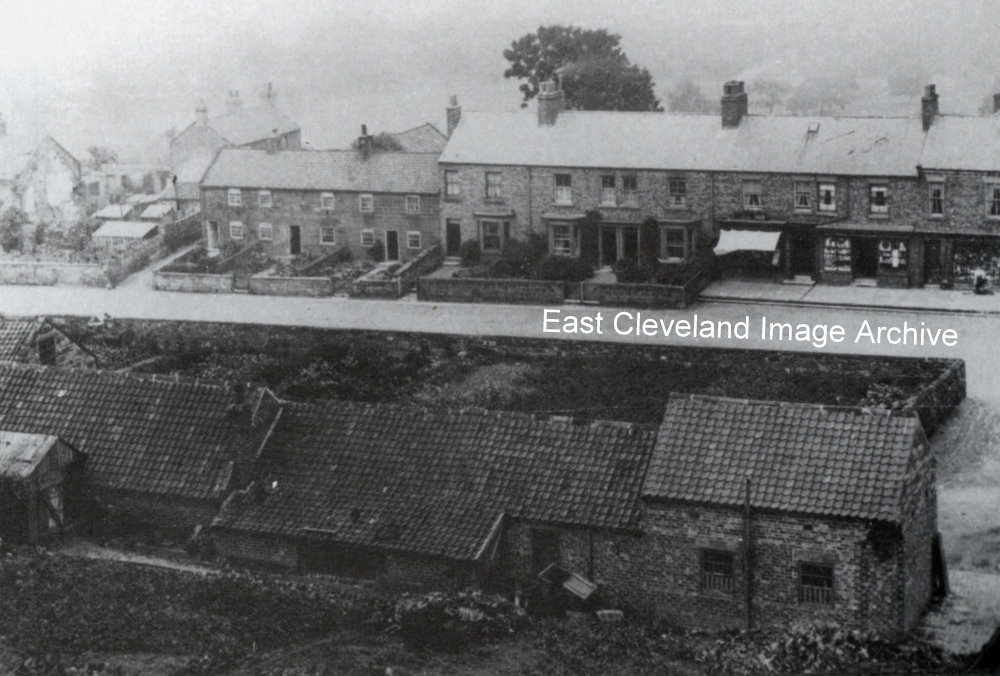
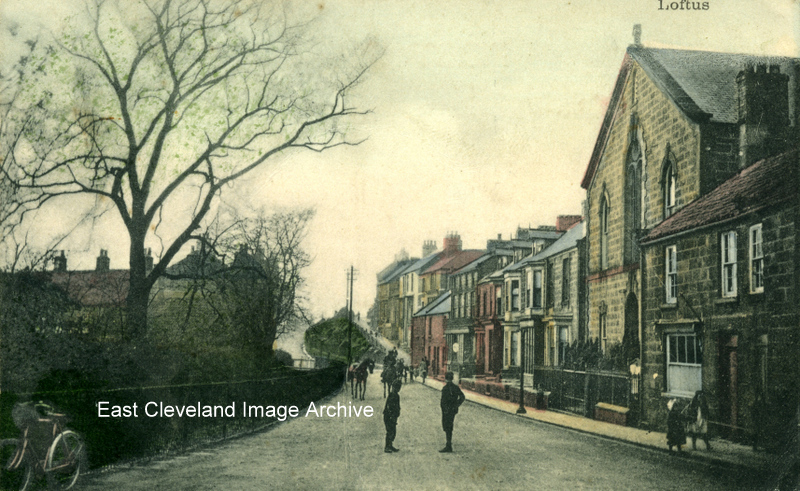
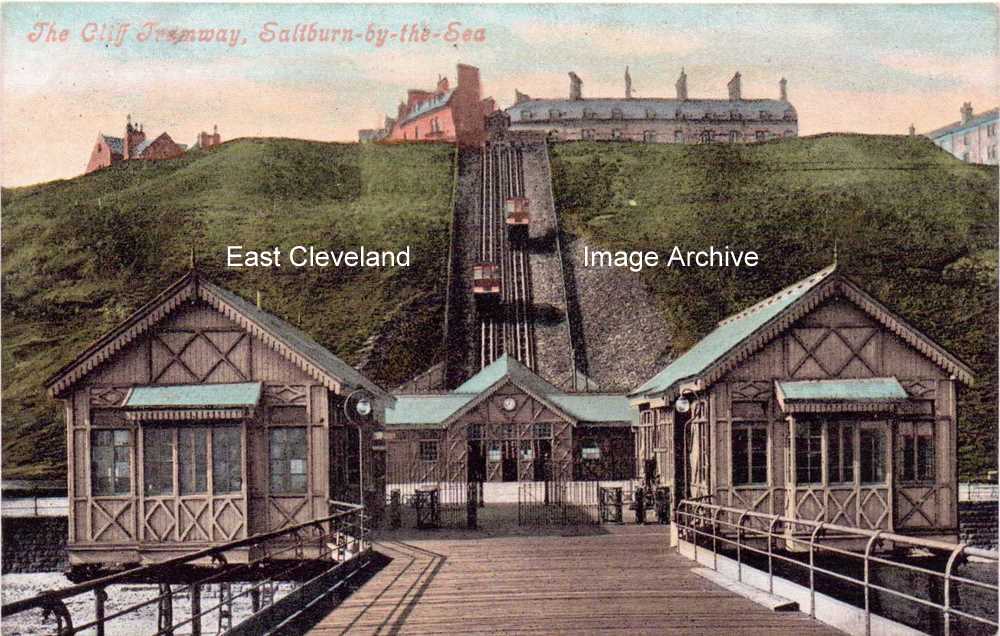
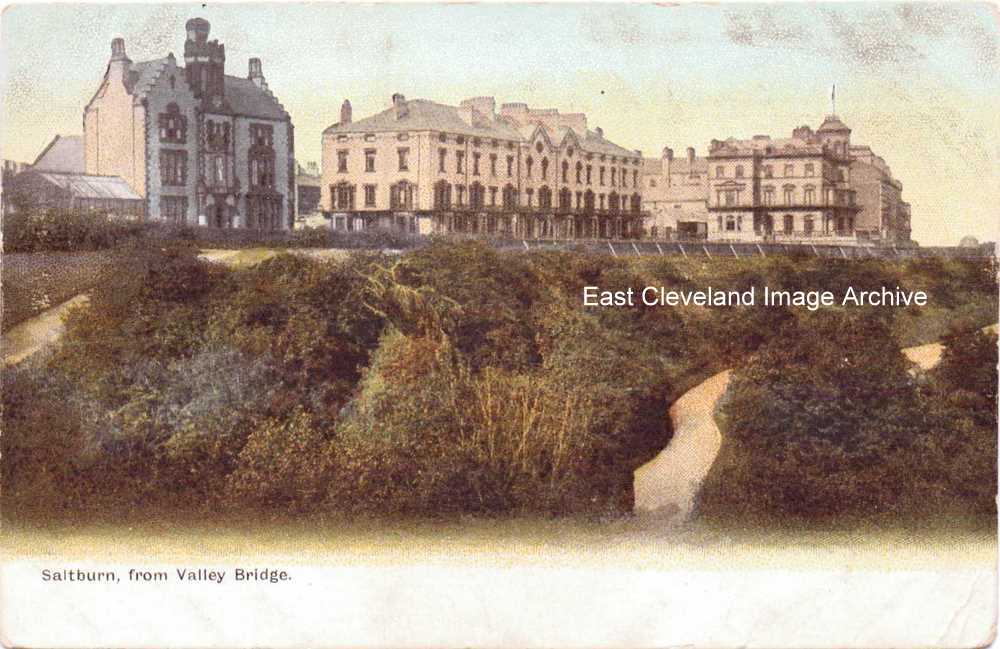
Recent Comments